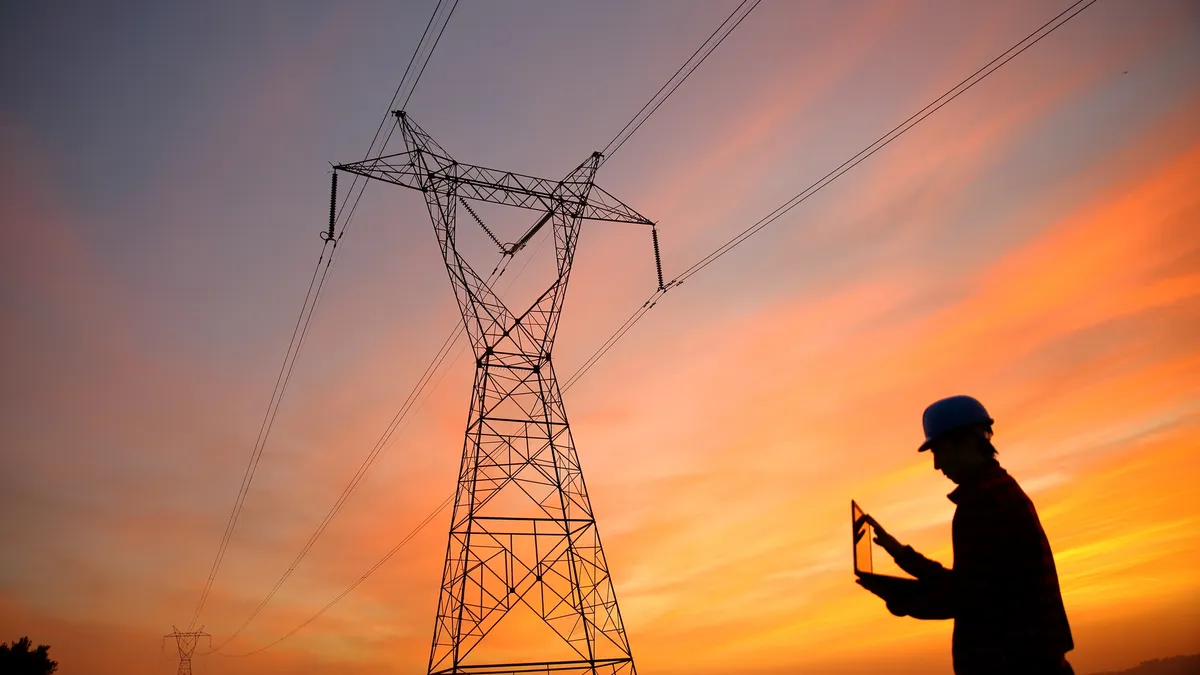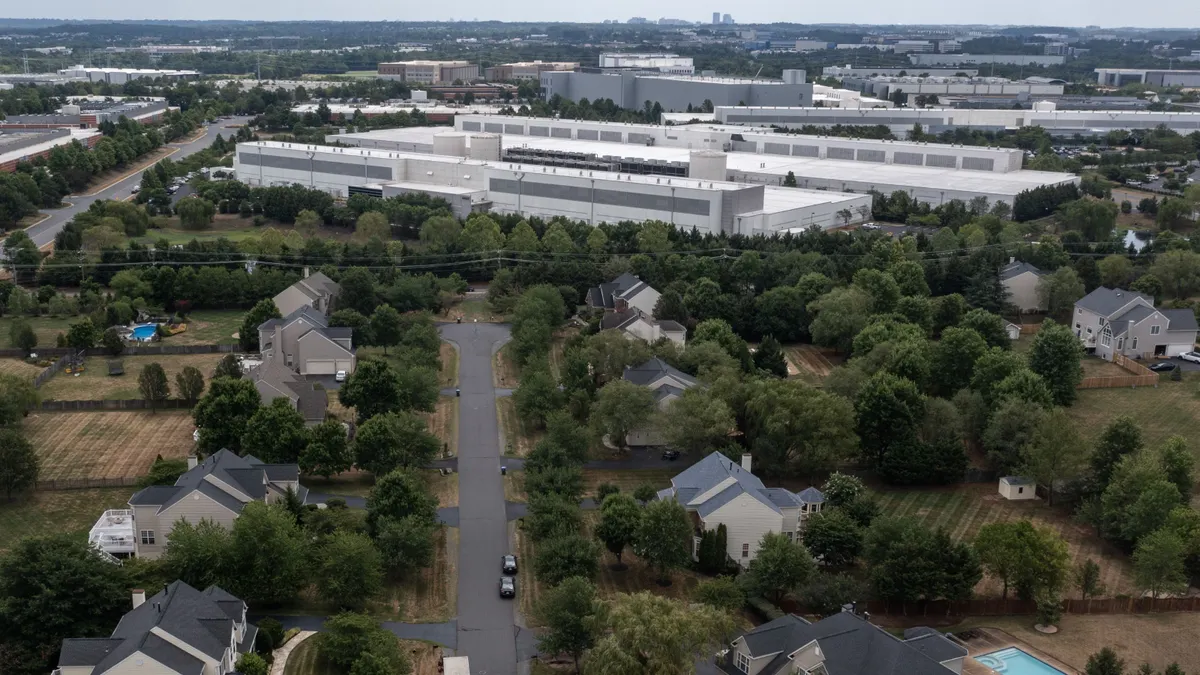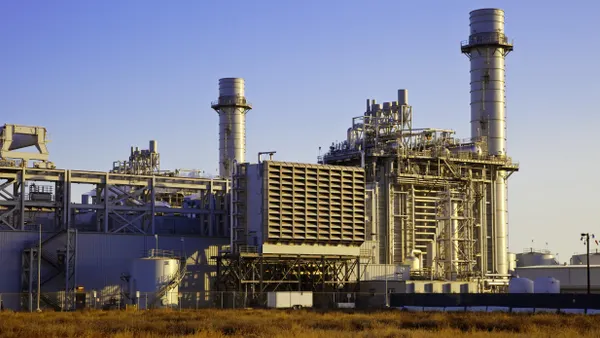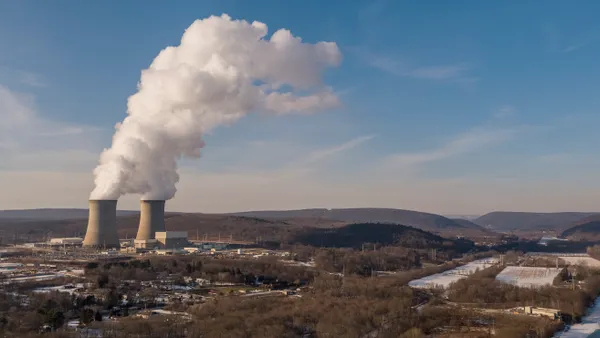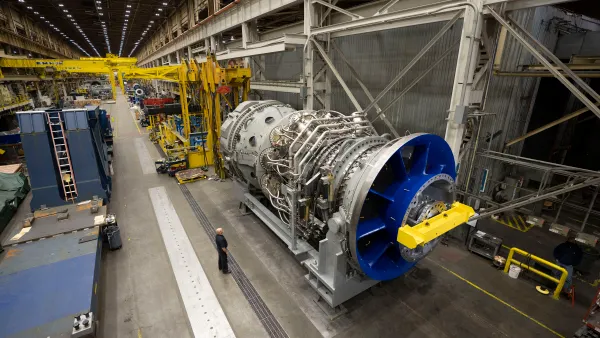Kyle Jones is head of solutions architecture at Amazon Web Services.
America’s electric power industry is under pressure unlike anything in its history. Surging demand, disruptive technology and climate volatility are converging to reshape how utilities operate, plan and invest. The old playbook no longer works. For utilities to remain relevant — and reliable — they must adapt quickly, creatively and strategically.
Nowhere is the shift more visible than in the explosive growth of electricity demand. Massive AI data centers — built and operated by firms like Microsoft, Meta and Google — consume as much power as small cities. In Northern Virginia, these facilities are pushing grid capacity to its limits. Meanwhile, the broader shift toward electrification — of vehicles, buildings and manufacturing — adds even more strain. In Texas, grid stability falters during extreme weather. In California, summer shortages have become expected.
The rise of renewable energy, while welcome, compounds the challenge. Wind and solar are intermittent. Matching their supply with real-time demand requires a level of grid flexibility we haven’t seen before. The February 2024 freeze in Texas showed how brittle our systems can be. Summer heatwaves highlight that the same risk applies in hotter regions, too.
What’s different today is that historical weather data and planning models don’t hold up. Weather has become more volatile, less predictable. Grid operators need new tools — better forecasting, more flexible dispatch systems and faster recovery strategies. At the same time, utilities face rising interest rates, delayed interconnections and tougher permitting rules that complicate project development. It’s harder and costlier to get anything built.
Adding to the complexity, oil and gas giants like BP and Shell are entering the electricity sector with large budgets and aggressive renewable targets. This changes the competitive landscape for traditional utilities, many of which still rely on regulated returns and legacy infrastructure.
Grid modernization is not optional. It requires massive investment in digital monitoring, automated controls, cybersecurity and market reform. Capacity markets and ancillary services must evolve. Financing models need to adapt to higher costs and uncertain revenue streams.
Above all, utility leaders need to stay flexible — while doubling down on reliability and affordability. This isn’t a time for incremental changes. The grid must evolve into a dynamic, data-driven platform that can support a high-demand, high-renewables future.
The utilities that succeed will be the ones that can manage today’s operational stress while preparing for tomorrow’s energy ecosystem. That means strong stakeholder management, smarter capital allocation and a commitment to execution.
The time for bold thinking is now. Our industry’s future depends on it.


